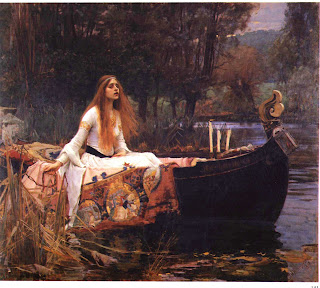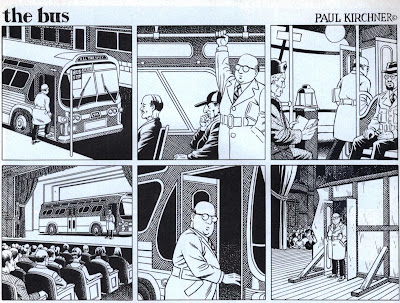'Journeyman: The Art of Chris Moore'
Chris Moore (b. 1947) is an English illustrator and artist; his first commission for a paperback cover came in 1972, when he had just finished college. He began to take on more assignments for sf covers in the 80s, and by the 90s he was one of the more sought-after artists in the genre.
‘Journeyman’ (Paper Tiger, UK, 2000) is an overview of Moore’s work from the early 80s through the late 1990s. The book intersperses reproductions of Moore’s work with text; the latter is a combination of a narrative of several visits to the artist’s studio in East Lancashire by author Gallagher; as well a lengthy interview with Moore generated from these visits.
While in most art books the text is something of a superficial overlay, in ‘Journeyman’ it’s actually quite interesting. As an interviewer Gallagher touches upon a variety of subjects, and Moore seems quite happy to respond, with anecdotes about producing album covers in the early 80s for UK bands and artists such as Rick Wakeman and Rod Stewart. (One of Moore's album cover paintings for Wakeman was so unusually life-like the record company staff thought it was a photograph).
In addition to discussing his painting techniques, Moore also comments on the business aspects and financial realities of being a commercial artist.
Anyone interested in sf art, and commercial art in general, will want to keep an eye out for ‘Journeyman’.
(endpapers)
The Three Stigmata of Palmer Eldritch by Philip K. Dick, 1989
Tygers of Wrath by Philip Rosenberg, 1991
Buddy Holly (poster), 1985
Dark Wing by Richard Herman, 1993
The Time Machine and The War of the Worlds by H. G. Wells, 1998
The Stars My Destination by Alfred Bester, 1998
We Can Remember It For You Wholesale by Philip K. Dick, 1990
Emphyrio by Jack Vance, 1998
Flowers for Algernon by Daniel Keyes, 1998
The Weight by Allen Steele, 1994
The Sentinel by Arthur C. Clarke, 1986












































































